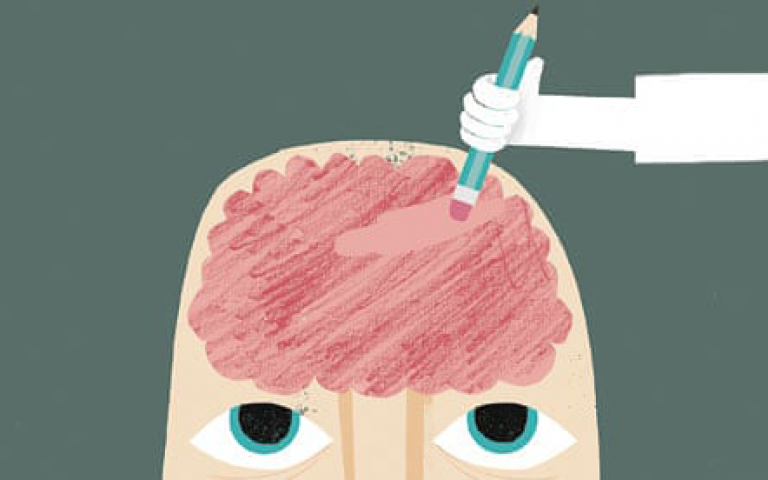Where does a thought go when it's forgotten?
This is such a great question! Scientists have been trying to understand how and if we actually forget things and thoughts. But to answer this, we need to first discuss how we remember.

11 February 2022
We can remember a variety of different things, ranging from words we use to speak communicate and interact with others, events and people from our lives, and even how we perform certain movements. Collectively, these are called memories and, as exemplified, they can be very diverse.
Scientists have defined various categories for different types of memory. In brief, memories can be either long-term, meaning that you remember over days, weeks, or years, or short-term. Short-term memory refers to information you remember for brief moments to complete an action, for instance a sequence of digits of a friend’s mobile phone number.
So how does the brain remember things? Well, scientists have identified a variety of different brain areas involved in the process of remembering. The hippocampus, for instance, is one of the most commonly studied areas for memory. In human beings, when this brain area is damaged, people frequently present signs of amnesia (if you’re interested in this, there is an excellent book you can read, called ‘Permanent Present Tense: The Unforgettable Life of the Amnesiac Patient, H. M.’, by Suzanne Corkin).
The hippocampus is thought to be the place where some memories are first stored. Over time, these memories may then be stored in other parts of the brain, namely the neocortex. One of the potential mechanisms through which memories are stored in the hippocampus and neocortex, is via the co-activity of neurons across different areas. Information between neurons is passed through electrical impulses called action potentials.
These action potentials are propagated across different neurons at particular junctions called synapses. When memories are being formed, the synapses between neurons that are active at the time become stronger, while other synapses may weaken. This prioritises the storage of memory details in the brain by this ensemble of neurons that strongly connect to each other.

Using the same logic, if connections between neurons weaken, then the information that they contain may not be so easy to access. As a result, we forget. And this may apply to all kinds of thoughts and memories, both in the short- and long-term. While you are thinking and engaging your memory centres, synapses between neurons become stronger, and over time they may weaken.
Interestingly, sometimes thoughts and memories that have been long-forgotten, may be accessed again when you have strong enough information to activate those same groups of neurons! Smells in particular, can be quite evocative and able to bring back memories that have been forgotten. Or when someone re-tells part of an even that you were not capable to recollect on your own, memories of that particular event may then come rushing back. This may be because neurons receive enough action potentials to re-engage the ensembles of neurons that were co-active at the time the memory was first established.
So, we may remember things by strengthening connections between neurons. Forgetting may happen when the connections between neurons are not as strong. In a sense, thoughts memories may not go anywhere, they may just become more difficult to access. It may seem pointless, but forgetting is very important. We believe it allows our brains to only retain information that may be important for our existence and survival, and leaving room to learn more and acquire other equally important memories in the future.
 Close
Close


